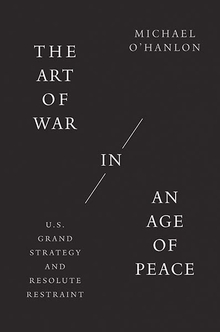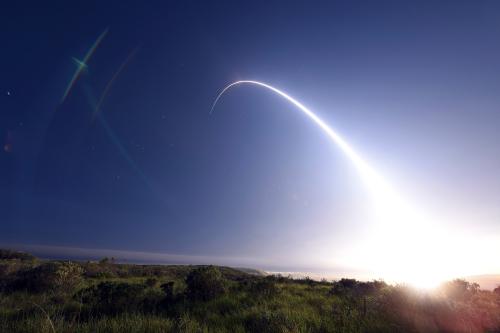Last November, the Trump administration unwisely withdrew the United States from the Open Skies Treaty. Earlier this year, the Russian government said it will take steps to follow suit. Moscow’s withdrawal in addition to Washington’s would almost certainly doom the agreement, which was designed to promote transparency and security by reducing the possibility that military activities might be misunderstood.
President Biden, however, condemned the Trump decision, and his administration may well want to rejoin the agreement. With political will, there is a chance to save it.
The Open Skies Treaty entered into force in 2002 and, following the U.S. withdrawal, has 33 state-parties, all but one (Canada) in Europe. The treaty allows parties to the treaty to make unarmed reconnaissance flights over others. Those flights collect imagery on military activities and forces, which is then shared with all parties to the treaty. Collectively, the parties conducted some 1,500 overflights between 2002 and 2019.
In May 2020, the Trump administration announced its intention to leave the treaty, citing Russian violations. While Moscow has imposed restrictions inconsistent with the treaty on flights over Russia, Washington retaliated by restricting Russian flights over the United States.
Ignoring the views of most NATO allies, who favor the treaty’s continued operation, the Trump administration formally withdrew in November. On January 15, the Russian foreign ministry issued a statement saying that Russia would begin its withdrawal process. Moscow is concerned that U.S. allies will share data they collect from flights over Russia with the United States, even though it is no longer party to the treaty.
The Russian decision is unfortunate. It starts a clock ticking that may run out before the Biden administration can decide its position on the Open Skies Treaty. Candidate Biden is on record supporting it. He criticized the Trump withdrawal decision, noting: “The United States and our allies would benefit from being able to observe — on short notice — what Russia and other countries in Europe were doing with their military forces.” Biden very likely would give greater deference to the views of U.S. allies on this question than did Trump.
The Biden administration, however, is confronted by two challenges on this. First, the new president faces an overflowing inbox and also has to get his team in place. The treaty does not top the priority list. It may take some time before the administration can reach a formal decision on whether to rejoin.
The second challenge is how to rejoin. The obvious path would entail re-signing and then ratifying the treaty. That will not work. Consent to ratification requires 67 votes in the Senate. The Democrats hold 50 seats, but, with a Republican administration just having withdrawn from the treaty, one cannot expect 17 Republican senators now to consent to rejoining. That means some other mechanism would be needed to bring the United States back in.
Clever lawyers should be able to find a way. That also, however, could require time.
Here are four steps that state-parties and Washington can take to open a path to preserving the Open Skies Treaty — with the United States and Russia remaining in the agreement:
- First, the Biden administration states that it will conduct a review on rejoining the treaty and announce its decision soon.
- Second, the United States and its NATO allies issue a joint statement saying that, as long as the United States is outside the treaty, the United States will not seek and its allies will not share data collected by NATO member overflights, and that the allies will not veto Russian Open Skies flights over U.S. military installations or activities on their territories.
- Third, the Russian government states that it will pause its process on withdrawal.
- Fourth, legal experts from the United States, Russia, and other interested state-parties meet to consider mechanisms by which the United States would rejoin the treaty. Any such mechanism would require that the United States fully carry out its obligations and responsibilities under the treaty, like any other state-party, as well as enjoy its benefits.
At a time when tensions between NATO and Russia are at the highest level since the end of the Cold War, the Open Skies Treaty offers a useful confidence- and security-building measure. It is worth preserving. With political will and some smart lawyers, it could be.









Commentary
Saving the Open Skies Treaty
January 27, 2021